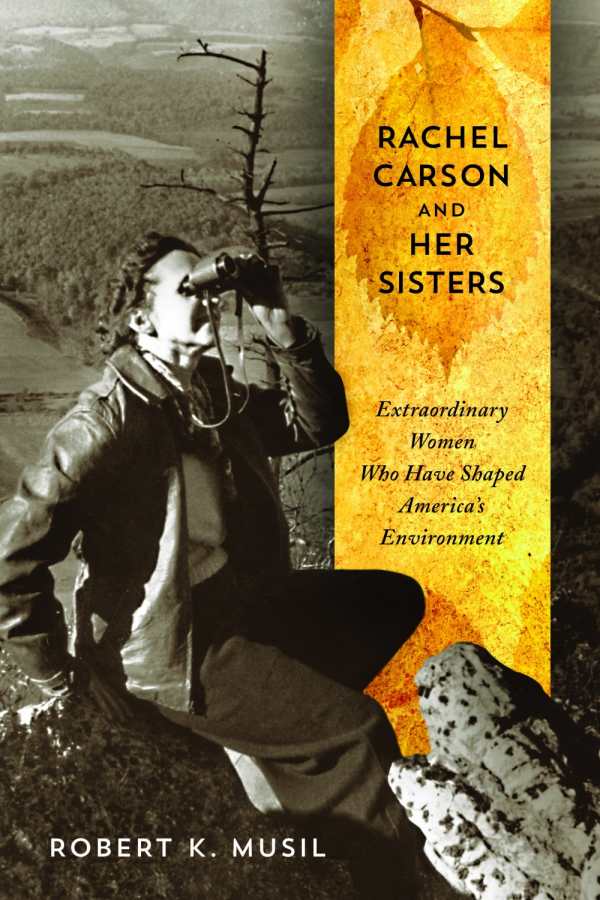Rachel Carson and Her Sisters
Extraordinary Women Who Have Shaped America's Environment
Environmentalism and feminism are two passions igniting this rich biographical study of American women in science.
In Rachel Carson and Her Sisters, Robert K. Musil uses the life and writings of Rachel Carson, particularly Silent Spring, as an exemplar of women’s participation in the American environmental movement. He places Carson’s achievements in context by illuminating, through dense but intriguing essays, the lives of trailblazing female scientists who inspired her and for whom she, in turn, paved the way. Fueled by imagination and humanitarian conviction, these conservationists entered into political activism in spite of the media, industry attacks, and overall gender bias that hindered their academic advancement.
Although Silent Spring was likened in revolutionary effect to Stowe’s Uncle Tom’s Cabin, earning Carson the designation of “the little lady who started it all,” she in fact drew on the work of many scientist foremothers from the previous century. Among these were Susan Fenimore Cooper (daughter of novelist James), whose wildlife chronicle, Rural Hours, made her the first “literary ornithologist,” and chemist Ellen Swallow Richards, the first MIT-educated woman, whose fervent advocacy of food standards and water quality earned her the title “the first lady of science.” It is just as enlightening to trace Carson’s direct influence on a subsequent generation of women scientists, including cancer survivor Terry Tempest Williams, who has carried the fight for environmental health and human dignity from prairie dog colonies to a Rwandan genocide memorial, and Devra Davis, who broke the silence about chemical pollution in Pennsylvania’s steelmaking region.
Musil, who teaches environmental politics at American University, is also the author of Hope for a Heated Planet. The mini-biographies here are extremely well researched, though they occasionally go into an unnecessary level of detail. When discussing Carson or Williams, the author’s adulatory tone can approach hagiography. Moreover, each chapter reads like a stand-alone thematic essay, which entails some repetition. However, Musil successfully pitches the work to laymen with no special scientific background; his clear, methodical prose obviates the need for the opening caveat: “A quick caution. There is science inside these pages.”
Like Martin Luther King Jr. was for the civil rights movement, Carson was, according to Musil, “the visible peak of a whole range of women who came before her and who carry on today.” Carson died of breast cancer at fifty-six; there was much more she might have accomplished, but this inspiring group biography suggests that the healthy world she and her predecessors envisioned is coming closer to fruition.
Reviewed by
Rebecca Foster
Disclosure: This article is not an endorsement, but a review. The publisher of this book provided free copies of the book to have their book reviewed by a professional reviewer. No fee was paid by the publisher for this review. Foreword Reviews only recommends books that we love. Foreword Magazine, Inc. is disclosing this in accordance with the Federal Trade Commission’s 16 CFR, Part 255.

